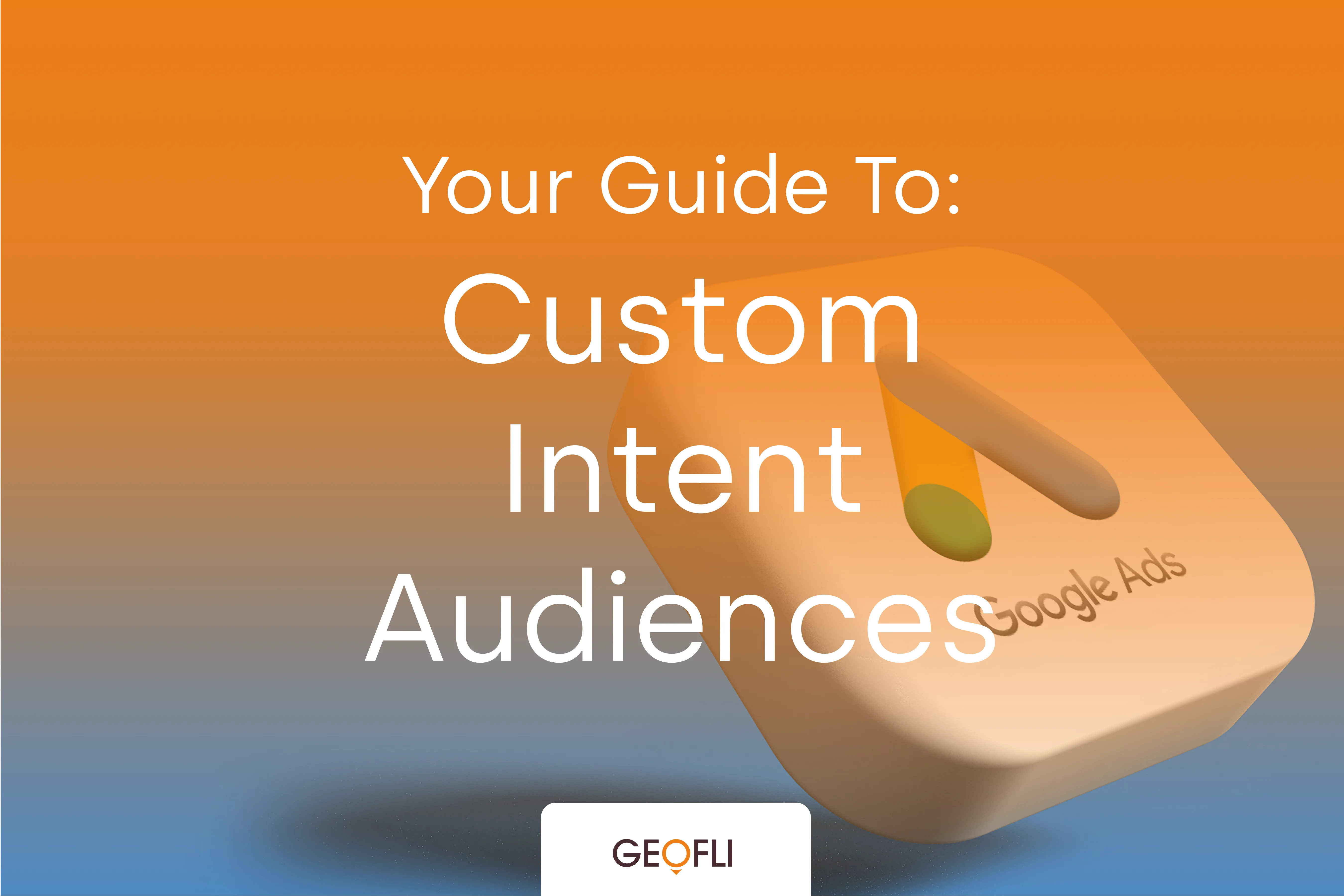The ability to remarket your products on Facebook opens up a world of marketing possibilities. From reinforcing product awareness to maximizing conversions, being able to build retargeted ads in Facebook can deliver your message to the center of your target market: people who have already visited your site but haven’t converted.
Woo + You
Sometimes when GeoFli is supporting a client through one of our managed service packages, we find ourselves navigating uncharted territory. In this case, it was creating dynamic Facebook ads for a large ecommerce website hosted on Wordpress. Though Shopify, Squarespace, and other popular content management platforms integrated with Facebook product catalogues, WordPress and specifically WooCommerce required some tinkering. When we couldn’t find a phenomenal case study about integrating WooCommerce and Facebook remarketing, we decided to write it ourselves (oh, the entrepreneurial dilemma!). Of course, when we build campaigns, it’s always with an emphasis on website personalization and IP targeting, so you’ll read about some of that as well. What we found was that setting up Facebook Remarketing in WooCommerce is fairly simple. Much easier than setting up Google Shopping - an article for later.
Plug It In, Plug It In.
The best thing about using Facebook remarketing with WooCommerce is the freedom! Well, not like William Wallace freedom, but at least access to a free plugin. All you need to do is follow this link. Once installed, you can access the plugin by navigating to WooCommerce in the WordPress sidebar and clicking ‘Extensions.’ If you have already installed another plugin to manage Facebook pixels, STOP. Delete any other Facebook pixel plugin or integration before continuing. While pixels will still fire even with multiple iterations on your site, the data you receive will be skewed and your remarketing will not work. Don’t delete your pixel from Facebook Business Manager, however, you’ll need it in another step. The ability to remarket your products on Facebook opens up a world of marketing possibilities. From reinforcing product awareness to maximizing conversions, being able to build retargeted ads in Facebook can deliver your message to the center of your target market: people who have already visited your site but haven’t converted.From there, click integration in the top menu bar.
Facebook Business Manager + WooCommerce + Product Catalog
Yeah, it’s a lot …Three things you need before integrating a product catalog with Facebook:
- A Facebook Business Manager account.
- A product feed with fairly straightforward SKUs
- Patience.
Click the ‘Facebook for WooCommerce’ button. From here, a dialog box will open that will allow you to set up the Facebook integration for your site. This process will: 1. Link your business's Facebook page with your WooCommerce site.2. Install your Facebook pixel on your WooCommerce site.3. Export your WooCommerce products to a Facebook product catalog.After completing the onboarding process for the WooCommerce integration, simply head over to Facebook Business Manager, open the menu at the top right of the screen, click ‘All Tools’, navigate to ‘Assets’ and click ‘Product Catalogs.’ You'll see your products available in this dashboard. From here you’ll be able to create ads from your products and remarket them to previous visitors.
Setting up Retargeted Facebook Ads
Let's start with a brand new conversion campaign. Name it "Retargeting" for now, to keep it nice and simple! Now you're able to begin setting up ad sets from your product catalog. Click "Create Ad Set" and select the "+" button next to "Product Set". Use filters to choose the products you want to use to retarget previous visitors to your website. This time, we'd like to create an ad for people who have previously interacted with the French press mug on our website. Once your product set has been defined, you can make more decisions about those users to show your ad to. Target people who have visited your website, placed items in their cart but didn't check out, and more. In this example, we are choosing to retarget based on viewers of the French press mug.You can also select "Advanced Options" to reveal traditional audience filters like location, demographics, and behaviors and interests. Use these if you think, or can determine based on data in your Google Analytics views, that certain areas or groups of people will be more likely to convert if they see your ad. Continue to set up your ad set by deciding where to place your ads, and setting your budget. The last step? Your ad creative!
Ad Setup and Deep Links
The ad's creative (media, text, links, etc) can make a big difference in the overall success of your conversion campaign. If your targeted audience doesn't connect with the ad, they won't convert because it will seem so irrelevant to them and their lives. In this example, the ad's photos have auto-populated with examples from the product set we chose earlier in the process. We obviously don't want to show our users other products right now, we want to try to close the deal on the ones they've already become familiar with. Use the text, headlines, and other available fields to quickly let your audience know the value of your product and convince them to buy. Now what's this about deep links? Let's check it out. Deep links are incredibly useful if you have a mobile app. They work like this - if prompted through an ad to download an app, the user is automatically routed upon download to the same content that was in the ad and convinced them to download in the first place. No distracting your users after a download by making them navigate through the app to find the content or offer they were already interested in! The final message will be a beautiful automagically generated image of the product the visitor looked at, followed by company information. What are you waiting for? Get targeting!






